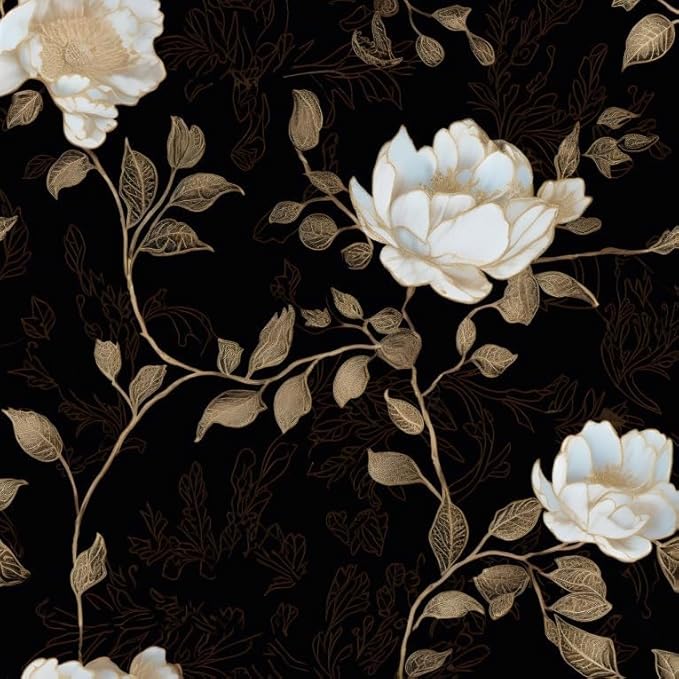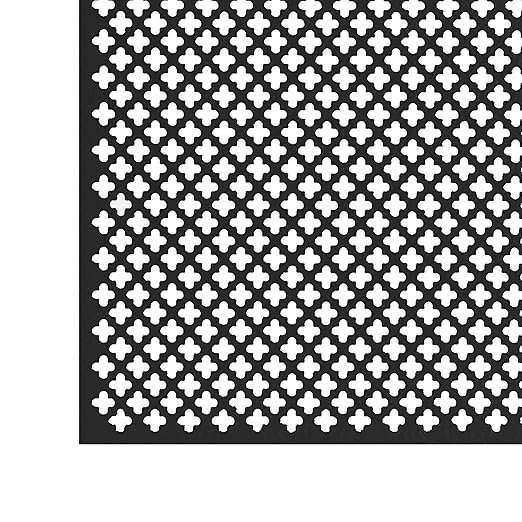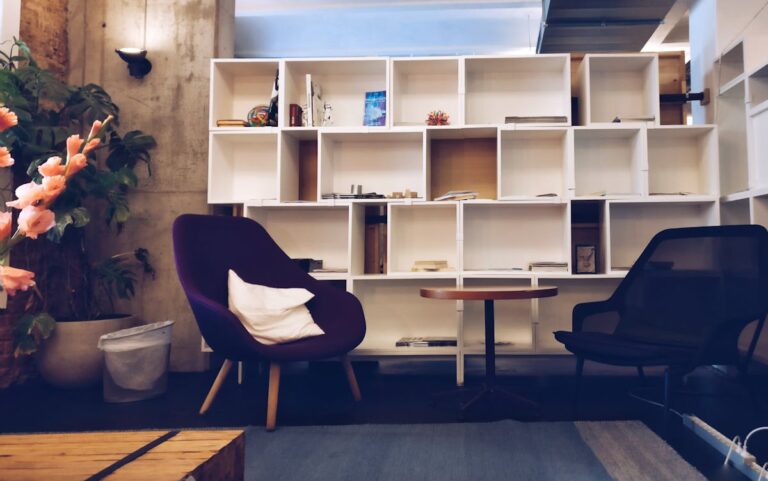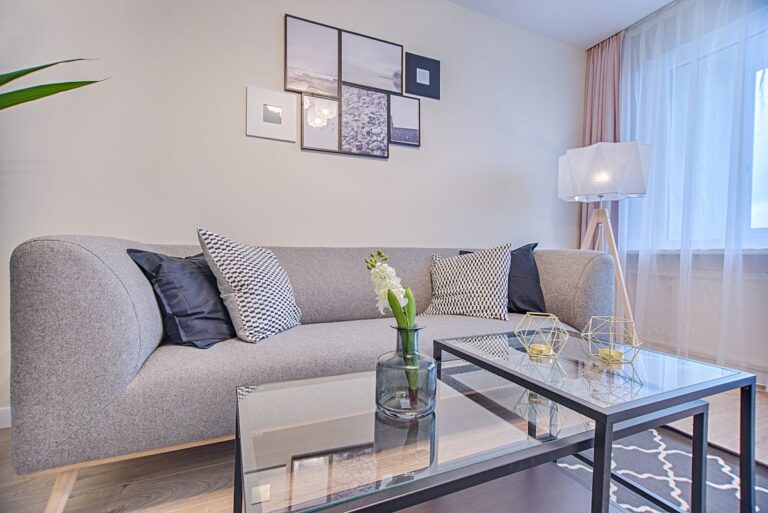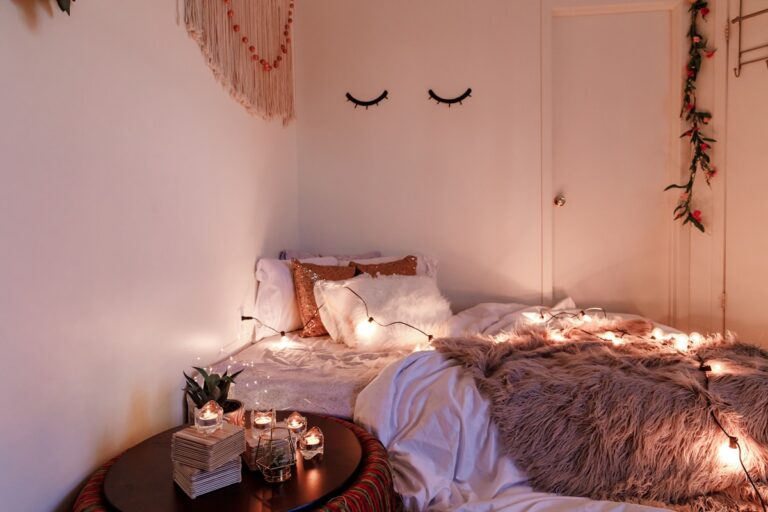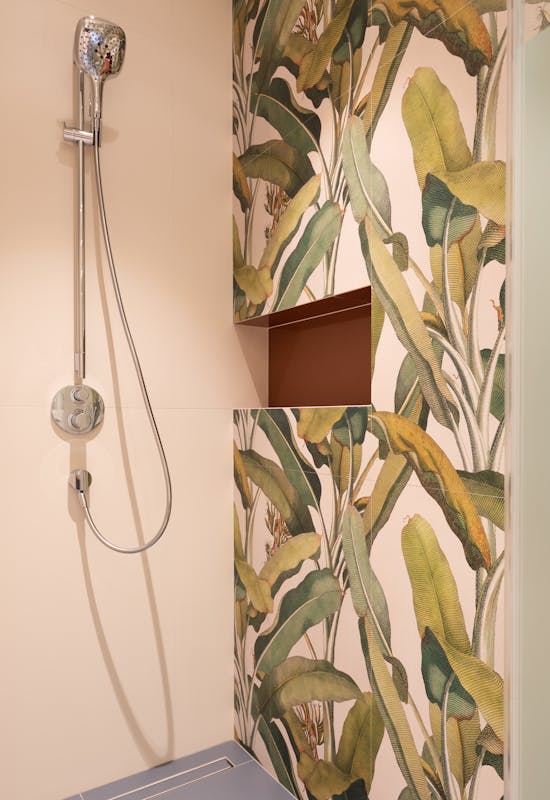One of the quickest ways to change the look of a kitchen or bathroom in a small apartment is by updating the backsplash. The problem? Most apartments don’t allow permanent renovations like new tile or grout work. That’s where renter-friendly, everyday materials come in. With a little creativity, you can design a backsplash that looks stylish, costs very little, and can be removed without damaging the walls.
This post will walk you through unique backsplash ideas using common materials, complete with examples, cost comparisons, and practical renter-friendly tips.
Why Focus on the Backsplash in Apartments?
- High visual impact: It’s one of the first areas you notice in a kitchen or bathroom.
- Protects walls: Prevents splashes and stains from cooking or water.
- Budget-friendly style update: You can refresh the entire space without major renovations.
- Renter-safe: Using temporary solutions avoids security deposit headaches.
Everyday Materials That Can Transform a Backsplash
When we say “everyday materials,” we mean things you can easily find at hardware stores, home goods shops, or even reuse from around the house.
Here are some renter-friendly favorites:
- Contact paper or peel-and-stick vinyl
- Wallpaper (removable or waterproof)
- Chalkboard film
- Pegboards or cork boards
- Wood panels or shiplap-style planks
- Laminated fabric or tablecloths
- Aluminum sheets or faux metal panels
Contact Paper: The Classic Renter Hack
Contact paper is one of the most versatile, inexpensive materials for backsplash makeovers. It comes in patterns that mimic subway tile, marble, or wood grain, and it’s simple to apply.
- Cost: $10–$25 per roll
- Difficulty: Easy
- Best for: Kitchen sinks, small bathroom vanities
Example:
One renter covered a dull beige backsplash with white subway tile contact paper. The kitchen instantly looked brighter, and when moving out, the paper peeled off cleanly.
Wallpaper That Works in Kitchens and Bathrooms
Not all wallpaper is renter-friendly, but removable peel-and-stick wallpaper is a great alternative to tile. Waterproof options are even better for splashes.
- Cost: $20–$40 per roll
- Difficulty: Medium (alignment takes patience)
- Best for: Feature backsplash walls
Tip: Choose bold prints—botanical, geometric, or textured patterns—for a statement wall.
Chalkboard Film: A Functional and Fun Idea
Chalkboard film doubles as a backsplash and a message board. You can jot down recipes, grocery lists, or fun doodles.
- Cost: $15–$30 per roll
- Difficulty: Easy
- Best for: Kitchens in studio apartments where you want functional décor
Example:
In a compact apartment, a renter used chalkboard film behind the sink. It became the spot for weekly meal plans and fun quotes, turning a basic kitchen into a personalized space.
Pegboards and Cork Boards
A pegboard backsplash not only looks unique but also adds extra storage—a win for small apartments. Cork boards, on the other hand, add warmth and are great for pinning recipes, notes, or even small decorative items.
- Cost: $10–$40 depending on size
- Difficulty: Easy to Medium
- Best for: Apartment kitchens lacking cabinet space
Table: Pegboard vs. Cork Board Backsplash
| Feature | Pegboard | Cork Board |
|---|---|---|
| Function | Hanging utensils, storage | Pinning notes, décor |
| Style | Industrial/modern | Warm, casual |
| Renter-friendly? | Yes, with adhesive strips | Yes, with removable tape |
Wood Panels or Shiplap-Style Options
Thin, lightweight wood panels can be attached with adhesive strips or Velcro for a farmhouse-inspired backsplash look. Painted or stained wood adds texture and charm.
- Cost: $25–$60 for panels
- Difficulty: Medium
- Best for: Apartment kitchens with neutral tones
Example:
One couple installed thin shiplap-style panels behind their sink using heavy-duty adhesive strips. It gave a cozy farmhouse vibe while still being removable.
Laminated Fabric or Tablecloths
Yes, you read that right—fabric can be used as a backsplash if it’s laminated or covered with clear acrylic panels. It’s one of the cheapest and most customizable options.
- Cost: $10–$20 for fabric + $10 for laminate or acrylic
- Difficulty: Medium
- Best for: Creative renters who want one-of-a-kind designs
Tip: Use patterned fabric for a vibrant backsplash in small kitchens where you want color without paint.
Aluminum Sheets or Faux Metal Panels
Shiny, reflective surfaces make a small kitchen feel bigger. Lightweight aluminum sheets, faux tin tiles, or even spray-painted foam panels can mimic a high-end metal backsplash.
- Cost: $15–$40 per sheet
- Difficulty: Medium
- Best for: Modern, industrial-inspired apartments
Comparing Everyday Material Options
Table: Everyday Backsplash Materials at a Glance
| Material | Cost | Style | Easy to Remove? | Best For |
|---|---|---|---|---|
| Contact Paper | $10–$25 | Tile, marble, wood looks | Yes | Quick updates |
| Removable Wallpaper | $20–$40 | Bold patterns | Yes | Statement backsplash |
| Chalkboard Film | $15–$30 | Functional, fun | Yes | Studio kitchens |
| Pegboard | $20–$40 | Industrial, storage-friendly | Yes | Small kitchens |
| Cork Board | $15–$35 | Warm, natural | Yes | Cozy décor |
| Wood Panels | $25–$60 | Farmhouse | Yes | Rustic style |
| Fabric + Acrylic | $20–$30 | Custom, colorful | Yes | Creative look |
| Aluminum Sheets | $15–$40 | Modern, reflective | Yes | Sleek design |
DIY Hacks for Renter-Friendly Installation
- Adhesive strips: Use strong, removable strips instead of glue.
- Velcro panels: Attach backsplash panels with Velcro for easy swaps.
- Double-sided tape: Works well for lightweight materials.
- Clear acrylic sheets: Protect fabric or wallpaper without permanent damage.
Real-Life Apartment Examples
- Minimalist Studio: White marble contact paper backsplash + LED strip lights.
- Industrial One-Bedroom: Aluminum sheet backsplash + pegboard for utensils.
- Bohemian Style: Patterned fabric backsplash sealed with clear acrylic.
- Family Apartment Kitchen: Chalkboard film backsplash with recipes and kid doodles.
Tips for Choosing the Right Everyday Material
- Match the color palette of your apartment (light colors make small spaces feel bigger).
- Balance functionality with style—pegboards add storage, while contact paper is purely aesthetic.
- Always test adhesive on a small section first to avoid wall damage.
- Choose waterproof options for behind sinks and stoves.

